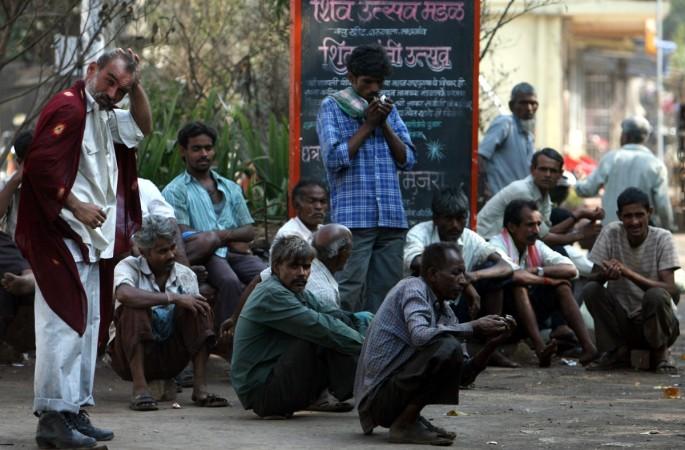
Jobs that will be created over the next two years in the South Asian region will be of poor quality despite strong economic growth. Moreover, about 77 percent of the new workforce in India will have vulnerable employment by 2019, according to the International Labour Organisation (ILO).
"A large part of the jobs created in the region remain of poor quality: vulnerable employment affects almost half of all workers in Asia-Pacific, or more than 900 million men and women. Projections indicate that 72% of workers in Southern Asia, 46% in South-Eastern Asia and the Pacific, and 31% in Eastern Asia will have vulnerable employment by 2019, showing very little change from 2017," Mint reported quoting ILO.
In ILO's World Employment and Social Outlook report, it stated that India's vulnerable employment level is much higher than those of the world or the South Asia region.
The ILO report further said that of the 53.5 crore labour workforce in India, about 39.8 crore will have poor quality jobs, which accounts for 75 percent of the workforce, the business daily reported.
What is more worrisome in the Indian context is the situation of unemployment. According to the report, India's overall unemployment rate hovers between 3.4 percent and 3.5 percent between 2017-19, however, the unemployment rate in the 15-24 age group is much higher.
The unemployment rate in the 15-24 age group is likely to increase from 10 percent in 2014 to 10.7 percent in 2019. Currently, the unemployment rate in the 15-24 age group is 10.5 percent, reported Mint.
"The high and persistent incidence of vulnerable employment in the region largely reflects the fact that structural transformation processes, whereby capital and workers transfer from low to higher value-added sectors, are lagging behind in large parts of the region, with the exception of Eastern Asia," the author of the report Stefan Kuhn said.
The report comes at a time when unemployment and job creation challenges are the most debated subject in India. The BJP government has been facing scathing criticism from the opposition parties for not being able to create enough job opportunities.
"Despite remarkable progresses, working poverty remains high in some parts of the region, notably in Southern Asia. Over 41% of workers in this region are estimated to be in either extreme or moderate poverty in 2017, accounting for more than two-thirds of all working poor in Asia-Pacific," the ILO report said.

















